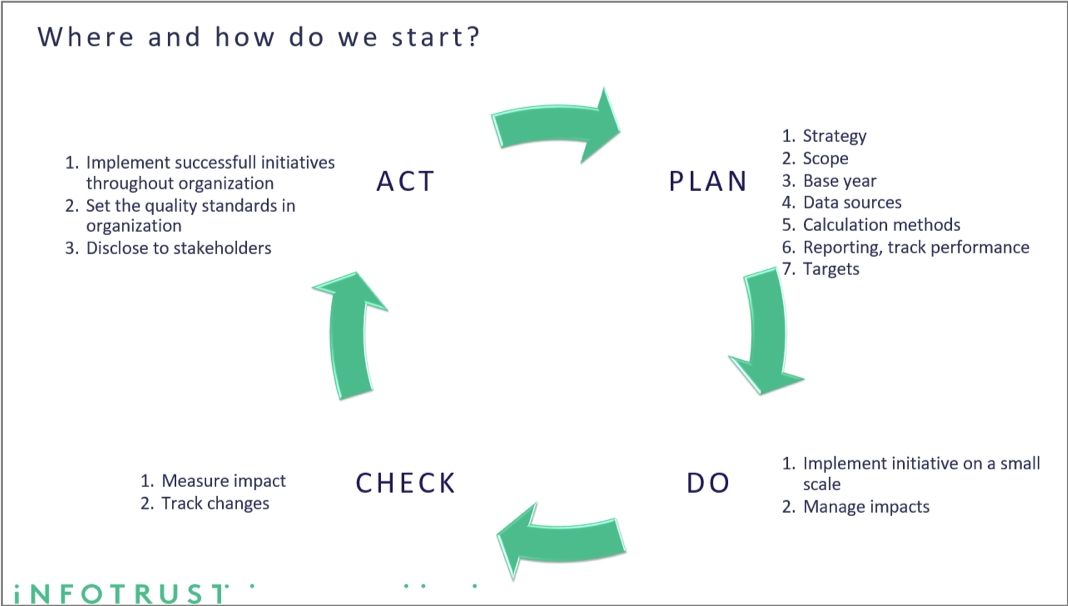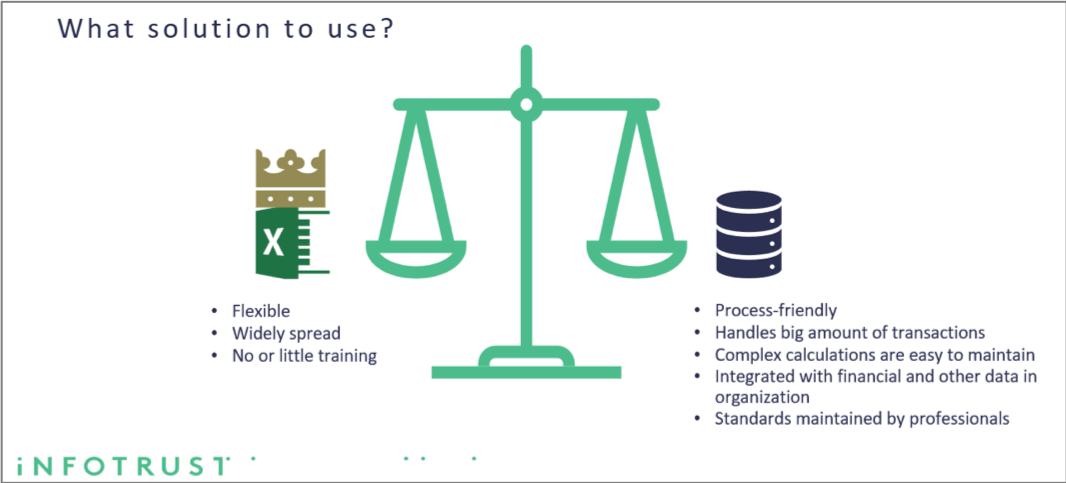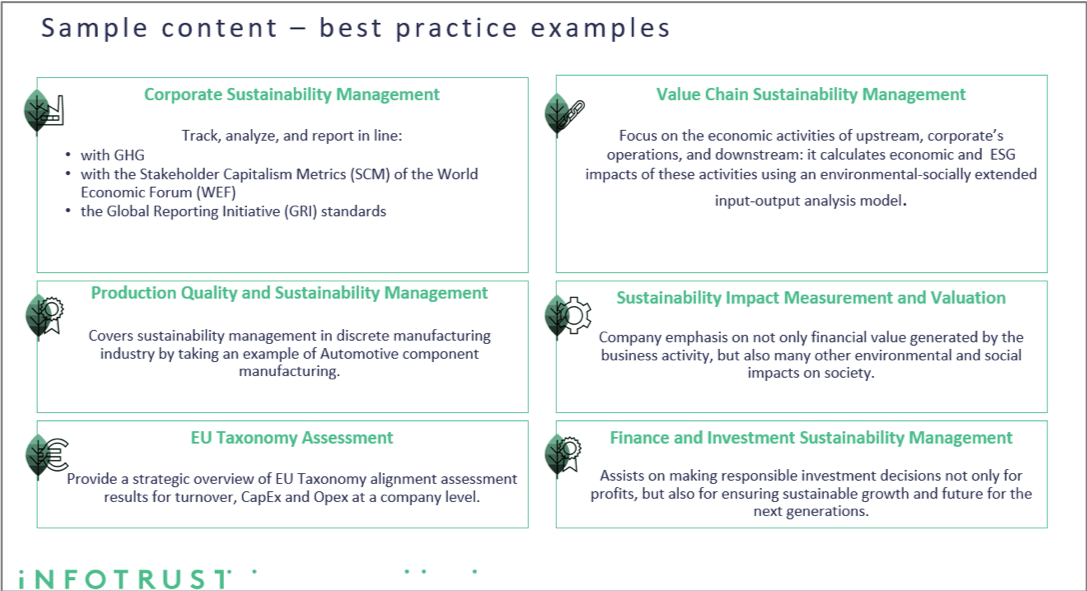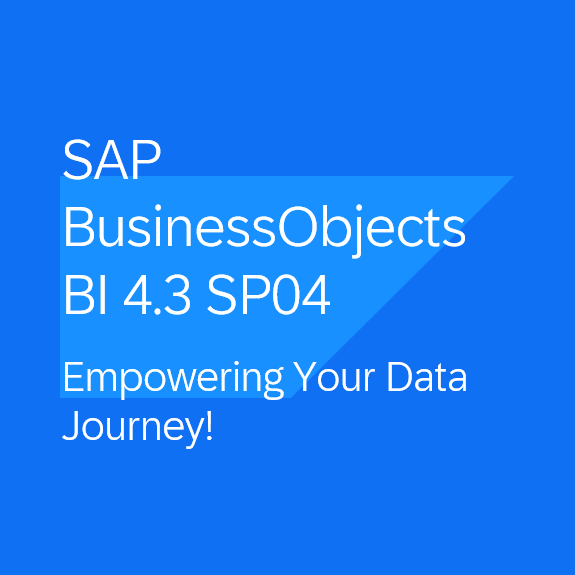- Home
- /
- SAP PaPM: Game Changer for Digital Sustainability Management
By Giedrius Rumšys, February 10, 2023
Sustainability is a process, represented below as the plan-do-check-act cycle, symbolizing continuous improvement. The cycle was popularized by W. E. Deming, who began the quality revolution. We recall this quality revolution in the 1970s, 1980s, or 1990s when all companies were crazy about implementing ISO standards into their management systems. Now I see that many companies will need to implement sustainability management systems, which leads us to the beginning of the sustainability revolution.

When we begin our sustainability journey, we anticipate that businesses will have certain long-term objectives for achieving their ESG targets. To support the sustainability management process companies will look for a suitable solution.
1. Track similar KPIs across various standards for various stakeholders
There are around 500 sustainability reporting standards in the world. Similarly, before the creation of ISO, businesses relied on national standards. Each country had its management system standard until 1987 when the common quality standard ISO 9001 was born. When it comes to sustainability, there is no one common standard. Consider scenarios where different stakeholders, such as your banks, may request similar KPIs calculated according to different standards.
2. Adapt to changing requirements
You want to have a solution responsive to changes. If anything changes, you don’t want to repeat the development process of the calculations; instead, you want to apply the rule immediately and observe how it affects your KPI, so just save the maintenance time for your calculations.
3. Create a new process in the organization
In organizations, sustainability is forever. Non-financial disclosure reporting will continue for many years since the United Nations and the European Union have set sustainability goals for 2030 and even for 2050. That is why you need a tool that can assist you in developing ESG procedures. Sustainability management is a process, not a one-time event.
4. Integrate sustainability data with other company data
Euros are concealed underneath each CO2 gram. To visualize euros, you must combine sustainability data with financial data. Add HR data as well if you monitor gender equality. You will eventually want to connect to external sources, add procurement, manufacturing, and access other relevant data. To feel the greatest advantage, you need a solution enabling collaboration between departments.
To address the challenges above, you can try using Excel, the king of all solutions. While Excel is a very popular choice among sustainability managers, it has some limitations. First, Excel is not well- designed for process management. In addition, it lacks capabilities for data integration across company departments. And finally, when you use Excel for a longer period, you start noticing that it’s not easy to maintain.

That’s why I would recommend using the database-based solution, which is also process friendly: SAP PaPM. The SAP Profitability and Performance Management (PaPM) system was first created for the finance sector to enable fast cost item allocation and financial data forecasting, but it is now equally relevant to sustainability. Even though the tool has a SAP badge, it might be installed as a stand-alone solution for non-SAP systems.

This presentation is a part of the “ESG starter package: from theory to action” conference material:


